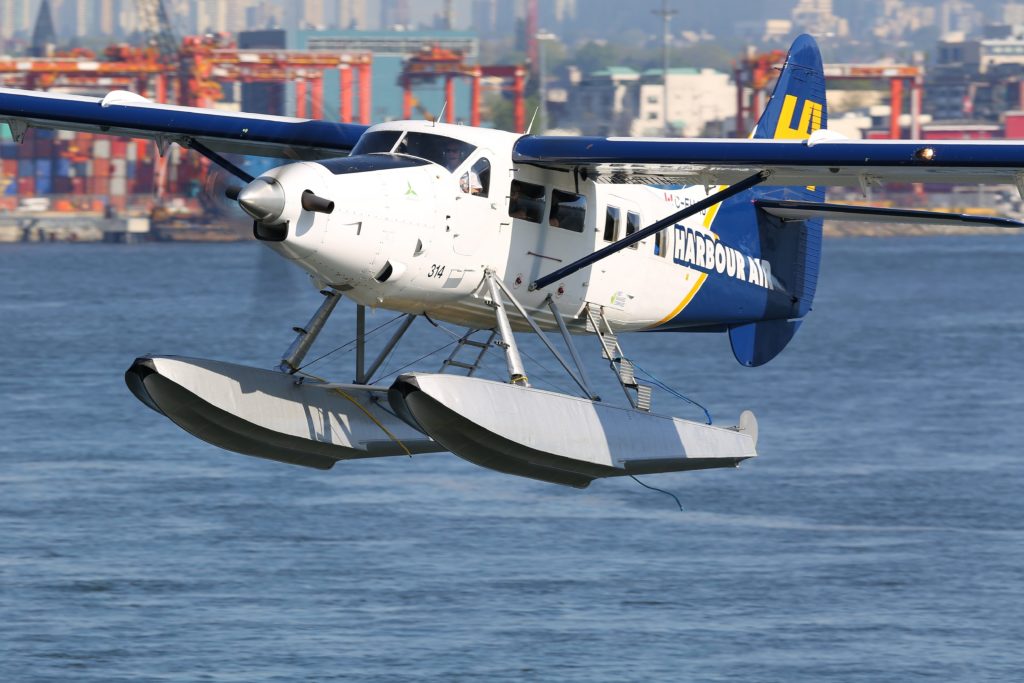Estimated reading time 1 minute, 45 seconds.
Canadians, tourists and businesses benefit from safe and reliable seaplane operations. Seaplanes offer a unique and convenient way to explore Canada’s landscape, and are a vital lifeline into remote corners of Canada’s North during the summer months.

Transport Minister Marc Garneau today announced changes to the Canadian Aviation Regulations that will enhance safety for seaplane passengers and crew.
The changes require:
- passengers and crew of commercial seaplanes with nine passengers or less to wear an inflatable flotation device while the aircraft operates on or over water. In seaplanes with 10 to 19 passengers, flotation devices will continue to be required onboard for all occupants; however, occupants will not be required to wear the flotation device; and
- mandatory training for all pilots of commercial seaplanes on how to exit an aircraft under water.
Commercial seaplane operators have 18 months after today’s publication of the regulations in Canada Gazette, Part II, to implement the new rules requiring passengers to wear personal flotation devices while on or above water. The pilot exit training must be implemented within 36 months.
The changes to the Canadian Aviation Regulations respond to recommendations made by the Transportation Safety Board of Canada, following a 2009 seaplane accident in Lyall Harbour, B.C., and a 2012 accident in Lillabelle Lake, Ont.









Life jackets literally kill people if they are activated too soon. On a small aircraft with 7 people aboard, lets say a DHC-2 Beaver, the space is confined. Should one or more life jackets activate before escape, you are confining those people to death and inhibiting the other passengers escape.
You are also increasing the apprehension and fear of flying in a seaplane which is one of the most wonderful experiences someone can have especially on the BC Coastline. Transport Canada, why are you ruining what is really the last vestige of real flying?
Before any new legislation like this life jacket requirement is enforced, perhaps a study of life jackets during an egress situation with people with no prior experience in a seaplane should be done. Transport Canada really needs to do a study before belting out policy in a desperate attempt to “do something” about a seaplane accident. Instead of band aid solutions from someone who probably doesn’t have the commercial background to understand what they’re implementing and how it will affect operators, they should collectively solve these issues with the operators. Buying life jackets like what they require will cost about $1000 dollars a life jacket. So for an airplane like an otter it will be close to $10 000 and additional money if life jackets are used or damaged. In small commercial operations, those kind of hits hurt!
If Transport wants to make a difference, consultation with operators and aircraft manufacturers would be the best place to start. Perhaps new future aircraft should be engineered with better exits for egress or seating design that doesn’t hinder people from getting out of a flipped seaplane. Like for instance, a caravan with its luxury seating would be a nightmare to get out of in an emergency. All the old seaplanes were designed with bench style seating that made getting out of an aircraft simple!
I could go on, but making life jackets mandatory to be worn during a seaplane flight will not achieve any better safety but instead increase the chances of mishaps and fatalities when it comes to float flying. It also doesn’t make sense that planes over 9 passengers are exempt from this issue when Harbourairs otter are configured for over 9 people and they operate in some of the worst conditions on a daily basis.
It’s very ignorant of transport to ram legislation down float operators throats during times when the industry is already bled to death by rules and regulations that hardly reflect the needs of industry but just make another hurdle for the operators to jump over. If things continue this way, there won’t be anything left of an already withered industry where you can’t get “good drivers” and your margin for doing business is a little better than nothing at all! Anyone in their right mind will just give up cause it’s impossible to do anything in this country. Where is the incentive to do anything in Canada anymore?!
As usual with the current brass at TC, it’s a knee-jerk emotional reaction with absolutely no study or thought of impact on commercial services. Why are commercial helicopter operators exempt? Why all the fuss over mandatory life vests (which will kill people trapped in a floatplane) and no discussion of spare air?
You’ll have blood on your hands over this decision, TC. You’re better than this.